
“It’s not easy to observe what has always been in front of one’s eyes. The closeness of things is blinding. By seeing so often what one always sees, one no longer sees it.”
The above words can be read in Las Formas de la Madera (The Forms of Wood), a book that tries to get us to take another look at everyday things.
Published in Spanish by Editorial Arlekín (Harlequin Publishing), attempts to document a variety of houses in Nicoya from the first half of the 20th century with architectural heritage value, through photographs and texts. Although, the book is written in Spanish, English-speakers will still thoroughly enjoy the collection of photographs.
Some of them are inhabited and others aren’t. For that reason, some are in better physical condition than others. Even so, the book shows the importance and wealth of these houses, with the sole purpose of documenting their beauty and importance.
It isn’t an architecture textbook, nor is it a tourist guidebook, so it doesn’t have exact addresses of the houses nor does it give a history of each one of them.
This book is a large mosaic of images created by photographer Cristina Diaz. Over the course of a year, her lense captured houses, schools and churches in communities like Quebrada Honda, Corralillo, Mansion, Quiriman and the La Cananga neighborhood, among others.
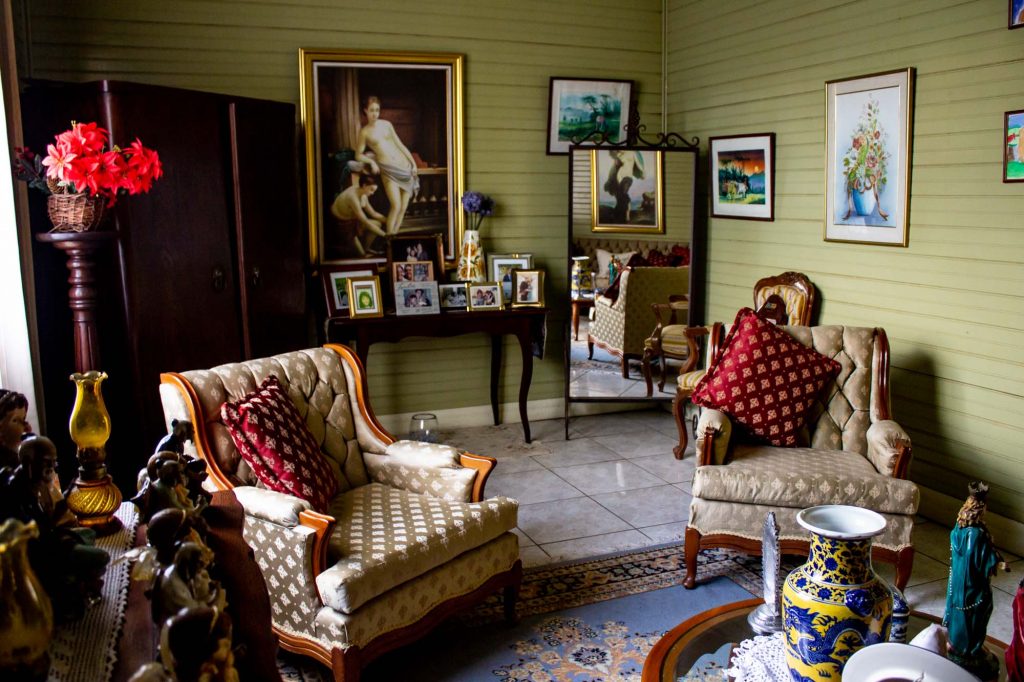
Credit: Cristina Díaz
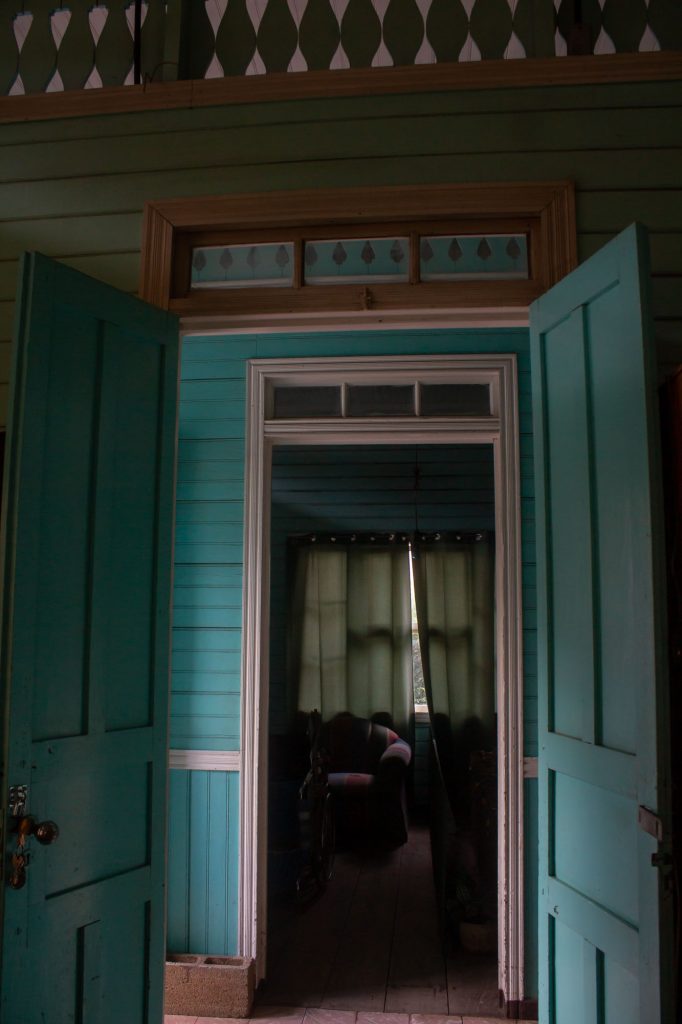
Credit: Cristina Díaz
My grandfather was a carpenter and he built his houses in La Cananga and in Quebrada Honda, so suddenly there is a reconnection there with smells, with sensations. When the book came out, my nephews got to see the school where their grandmother went. They are things from the collective unconscious that should be in the community,” said the photographer.
According to Alex Jimenez, co-author of the book, the objective is to create a world of images and poetic and descriptive texts, that teach about how it was built, how [people] lived and live in many houses in the canton.
Another of his big reasons for getting the book published is to convince the owners of those houses and politicians of their great value. Jimenez said that many of the people who have gotten a copy of the book are owners of those houses, which he interprets as “a good dose of pride in the house they take care of and live in.”
Preserving the “Long-Standing Houses”
The fragility of this heritage is something that worries Alex. That’s why he thinks that it isn’t enough to get families enthusiastic so they don’t tear down these houses. Rather, institutions should have stronger public policies that allow them to be protected.
Photographer, Diaz, added that many times these houses and schools are altered a lot for “more practical” reasons and the notion of original architecture and aesthetics is lost.
I find it really outrageous or shocking that in a place where the climate is so fierce, so difficult, developers don’t take into account what those carpenters did take into account 100 years ago.” Alex Jimenez, co-author.
Both authors agree that there should be greater efforts to recover structures, like the school in Matina de Mansion, which is currently completely abandoned.
“These types of solutions require certain imagination and political negotiation, but that is the idea of the book, to convince [them] that this is possible and that we all win this way,” Jimenez concluded.
How do I get it?




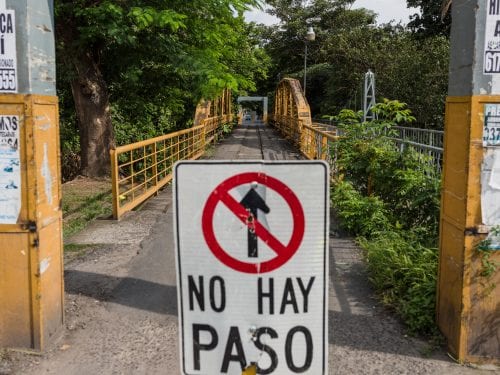
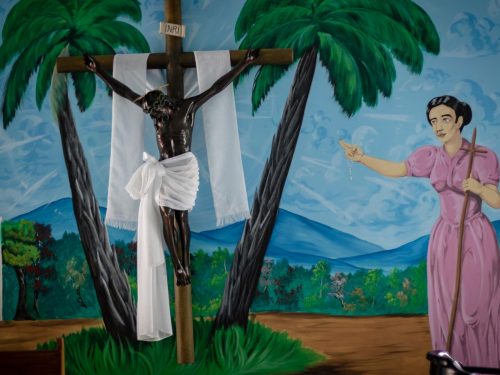
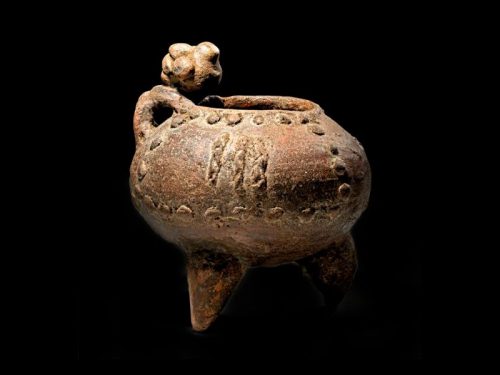

Comments